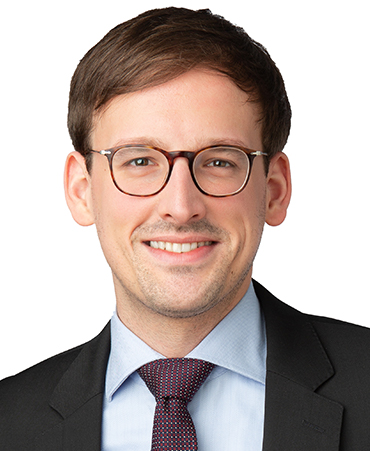Futures Wheel: Anticipating and Visualizing Effects
The Futures Wheel is an explorative method that can be used to structure and visualize the direct and indirect effects of changes. It enables the anticipation of possible consequences and knock-on effects in the form of cause-and-effect relationships. The method helps to promote networked thinking, understand complex interrelationships and develop concrete impulses for proactive shaping of the future.
What is it for and who is it suitable for?
The Futures Wheel is suitable for organizations, companies and political actors who want to analyze the effects of changes at a political, social or economic level. It is often used for agenda setting, strategic planning and anticipating challenges in uncertain subject areas.
How does it work?
The method is usually carried out in a half-day workshop with a heterogeneous panel of experts. The steps include:
- Definition of the initial change: Identification of the central question or change.
- Anticipation of first-order effects: detection of direct consequences.
- Determination of knock-on effects: Derivation of indirect second- and third-order effects.
- Reflection phase: Completion and evaluation of the developed mental map.
The results are visualized in a futures wheel, which provides a comprehensive overview of possible developments rather than probabilities. This facilitates strategic planning and decisions under uncertainty.
Newly developed or is there a (scientific history)?
The method was developed by Jerome Glenn and Theodore Gordon and has established itself as an intuitive tool in futurology since the 1970s. It is regularly developed further and applied in a wide variety of contexts (Glenn and Gordon 2009).
Reference
The Futures Wheel has been used, for example, in workshops to anticipate the social and economic impact of technologies and political changes. We use this method, for example, to examine the consequences of trends for the innovation and business location for regional economic development and to develop strategies based on this.
Contact
Mona Hille und Dr. Robert Peters
Kontakt

